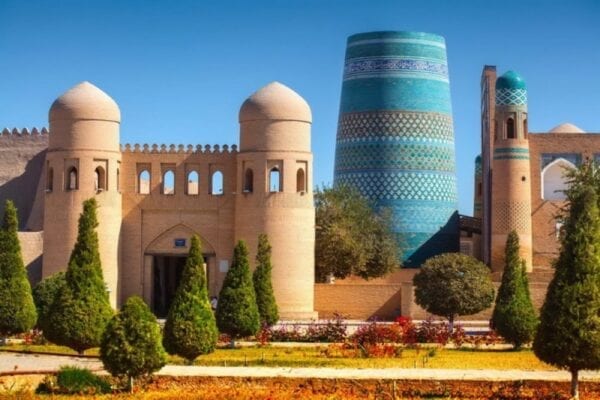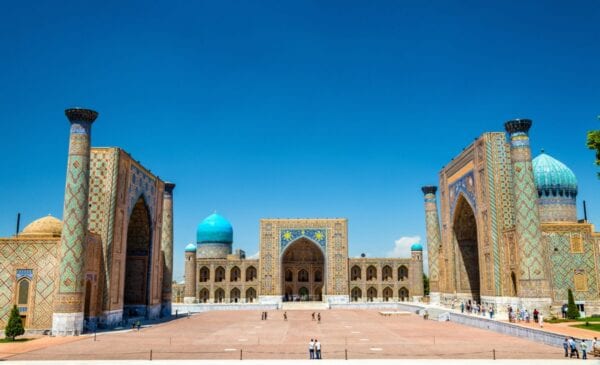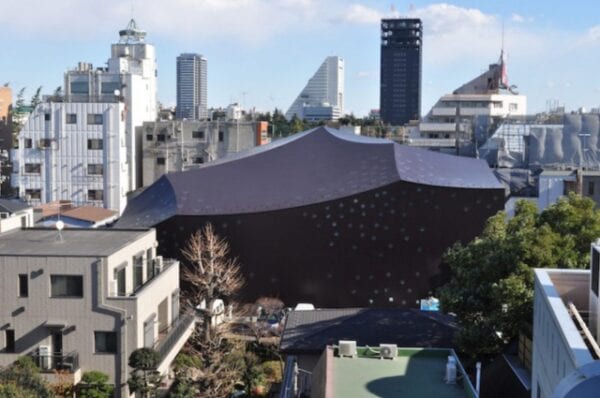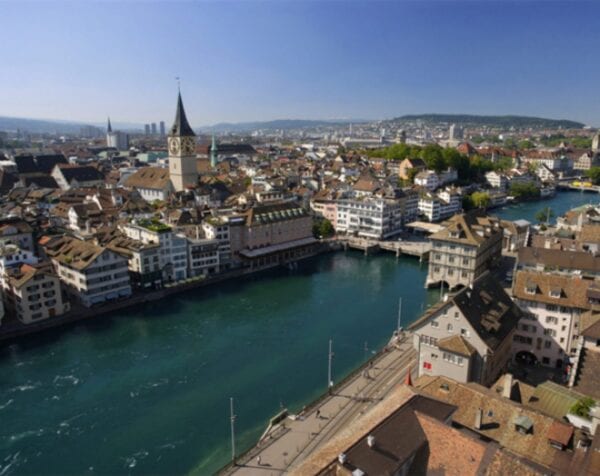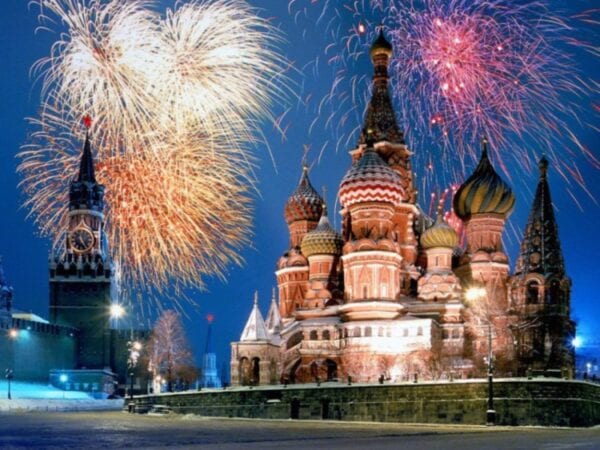 20, Ноябрь, 2017
20, Ноябрь, 2017The Narva Gates in St. Petersburg
On the Stacek Square in St. Petersburg is one of the monuments of the history of the northern capital — the Narva Gate, which is of considerable importance. They were raised in 1827-1834 in honor of those who took part in the Great Patriotic War of 1812. The architecture of the gate is made in the style corresponding to the Empire, their height is about thirty meters, and the width is twenty-eight meters.
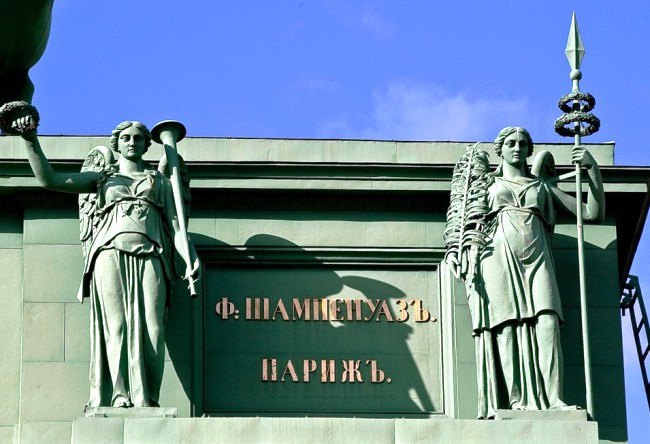
From the very beginning the Triumphal Gate was erected according to the project of Giacomo Quarenghi not very far from the border of the city, on the Narva outpost near the Obvodny Canal. They were completed a month before the Russian troops returned, and the tree and alabaster were the main materials used during the construction. The sculptures of the soldiers, as well as the chariot, on which the goddess of Glory sat, became the decoration of the gate.
Unfortunately, the gates erected in 1814 quickly became unfit. Nicholas the first issued an order for the construction of new, now stone gates near the former place.

On August 26, 1827, on the day of the anniversary of the Battle of Borodino, the first stone was solemnly laid in the new structure. This time the design was developed by the architect Stasov, who put a lot of effort into preserving the original appearance of the gate. The only difference was in the materials — Stasov used brickwork, lined with sheets of copper. There was also a chariot with the goddess of glory harnessed by six horses, and the sculptures of Roman soldiers were replaced by knights of ancient times.
Unfortunately, in severe climatic conditions of St. Petersburg, copper began to deteriorate under the influence of rye. Under the leadership of M. Ryllo in the end of the nineteenth century, sheets of copper were replaced with iron, but this only worsened the situation. During the Great Patriotic War, the Narva Gates were badly hit by bombing.

